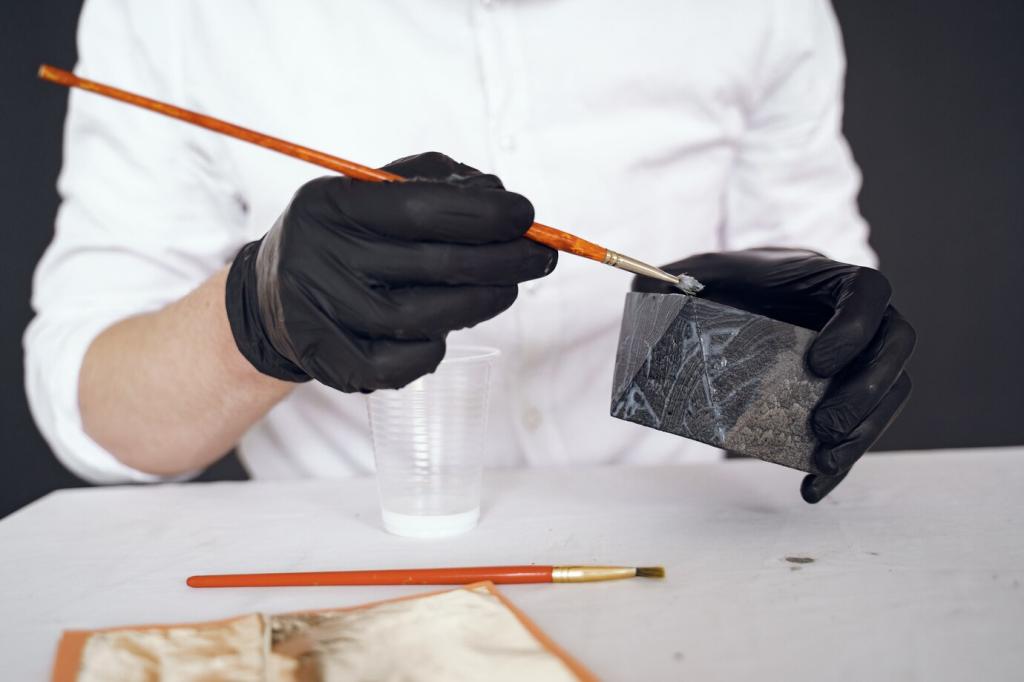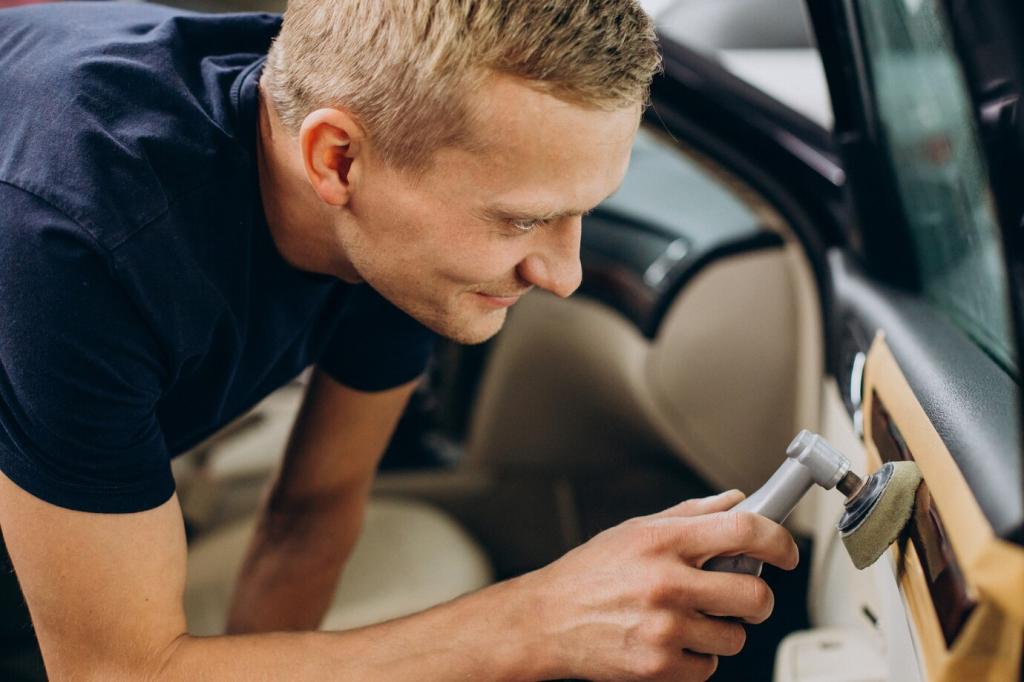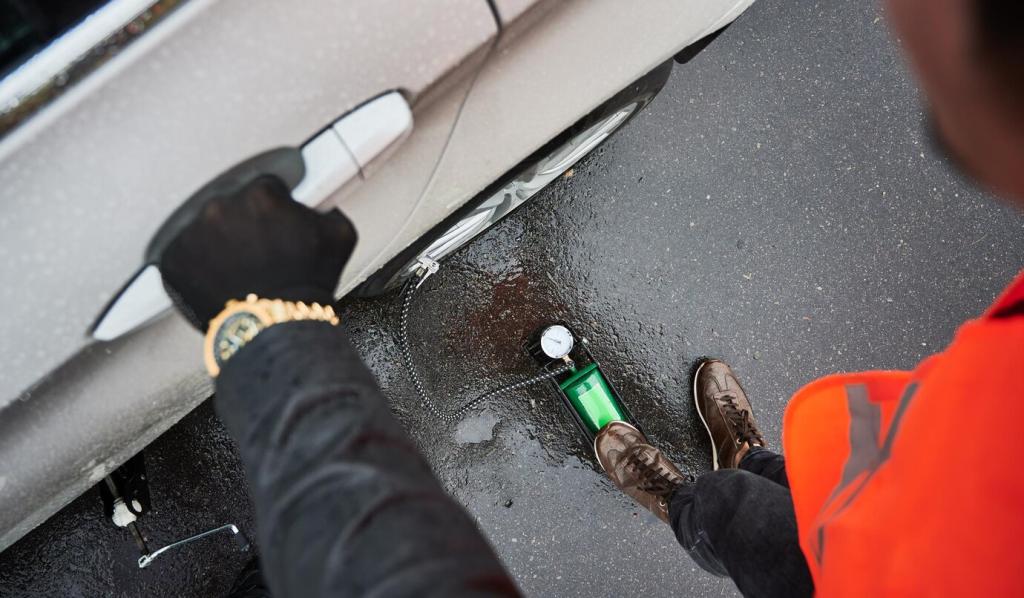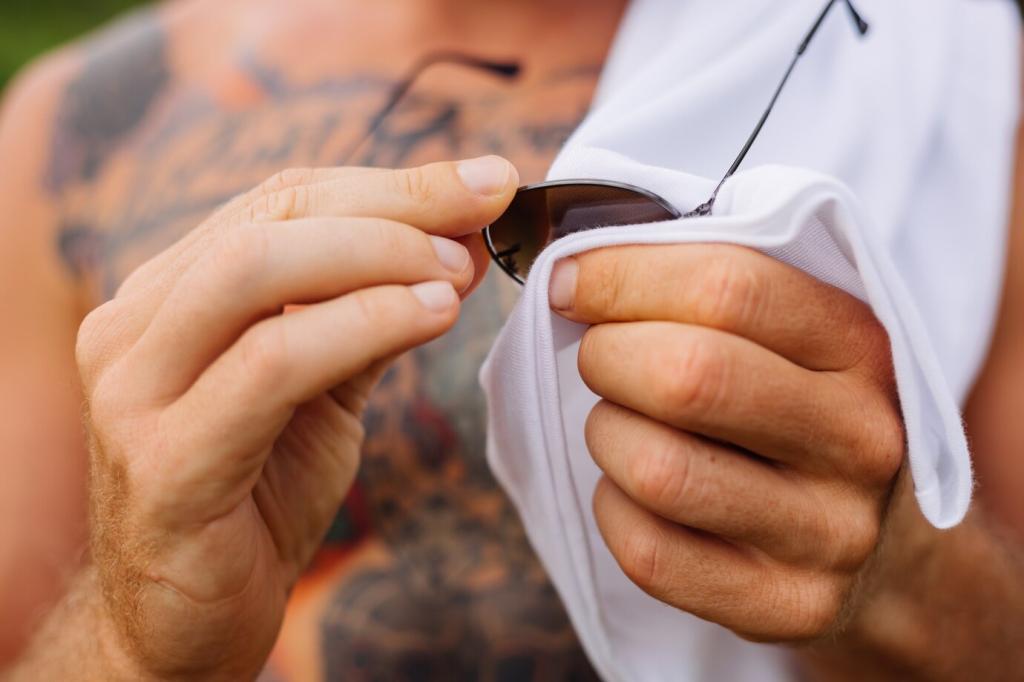Cost-Effective Scratch Repair for Furniture: Fix More, Spend Less
Chosen theme: Cost-Effective Scratch Repair for Furniture. Discover friendly, proven techniques that make scratches fade and confidence grow—without expensive tools or appointments. Join our community of clever DIYers, share wins, and subscribe for weekly money-saving repair tips.
Know Your Scratch: Diagnose Before You Spend
Light scuffs sit in the finish and usually disappear with polish, markers, or wax. Deep gouges cut into the wood and need filler plus touch-up. Identify correctly first, and you’ll avoid buying products you don’t need.
Know Your Scratch: Diagnose Before You Spend
Drag a fingernail lightly across the mark. If it catches, it’s deeper than the finish. Tilt a lamp across the surface to read depth and grain direction. This simple test prevents wasted time and unnecessary materials.
Walnut, pecan, and crayon blending
Rub a cracked walnut or pecan along the scratch to deposit natural oils and pigments, then buff dry. For deeper color, a soft crayon carefully warmed between fingers can blend edges. Jamal revived his maple desk for free using this two-step trick.
Oil-and-vinegar rub for tired finishes
Mix three parts light mineral or olive oil with one part white vinegar. Dab on micro-scratches, let it sit, then buff. It masks light marks, enriches tone, and costs pennies. Test on a hidden area to confirm compatibility first.

Budget-Friendly Tools and Kits
A furniture touch-up marker, a wax filler stick, 320–600 grit sandpaper, microfiber cloths, painter’s tape, and a small bottle of wipe-on poly often total under twenty dollars. These basics cover most shallow to moderate scratch scenarios affordably.
Budget-Friendly Tools and Kits
Photograph the piece in daylight and compare tones on your phone while shopping. Aim slightly lighter; you can deepen color in layers. Many readers buy a single medium-brown marker first, then fine-tune shade with a second pass rather than a costly set.
Step-by-Step Fixes for Common Scratch Types
Clean the area, then feather a matching marker along the scratch with the grain. Burnish a wax stick lightly to fill micro-voids. Let set, buff, then protect with a thin coat of wipe-on poly. Minimal cost, maximum payoff.
Blend Like a Pro on a DIY Budget
01
Match sheen: matte, satin, or gloss
Sheen mismatch screams “repair.” Wipe a test spot with the finish you plan to use and compare in daylight. Mix matte and gloss wipe-on poly to dial in satin. Subtle adjustments make budget fixes look professionally invisible.
02
Grain tricks: feathering and micro-lines
Draw faint, broken grain lines with an ultra-fine marker in the direction of the wood. Feather edges with a cotton swab to soften transitions. A dab of coffee or tea can gently warm tone without buying extra stains.
03
Buffing and curing for a uniform glow
After the final coat cures, buff gently with a brown paper bag or 0000 steel wool and wax for a soft, even sheen. This low-cost step unifies old and new finish, making repairs fade into the background.

Felt pads, runners, and coasters
Stick felt pads under chair legs, add a runner to high-traffic surfaces, and keep coasters within reach. These tiny purchases stop countless scratches before they start and cost far less than even a small repair kit.

Smart cleaning that respects finishes
Dust with microfiber, clean with diluted mild soap, and avoid silicone-heavy polishes that can complicate future repairs. Wring cloths thoroughly to prevent swelling wood fibers. Consistency here protects both your finish and your wallet.

Placement, sunlight, and humidity
Keep furniture out of direct sun, use rugs under sliding chairs, and maintain moderate humidity to minimize movement and abrasion. Share your prevention hacks below, and subscribe for monthly maintenance checklists that keep scratches away for good.
